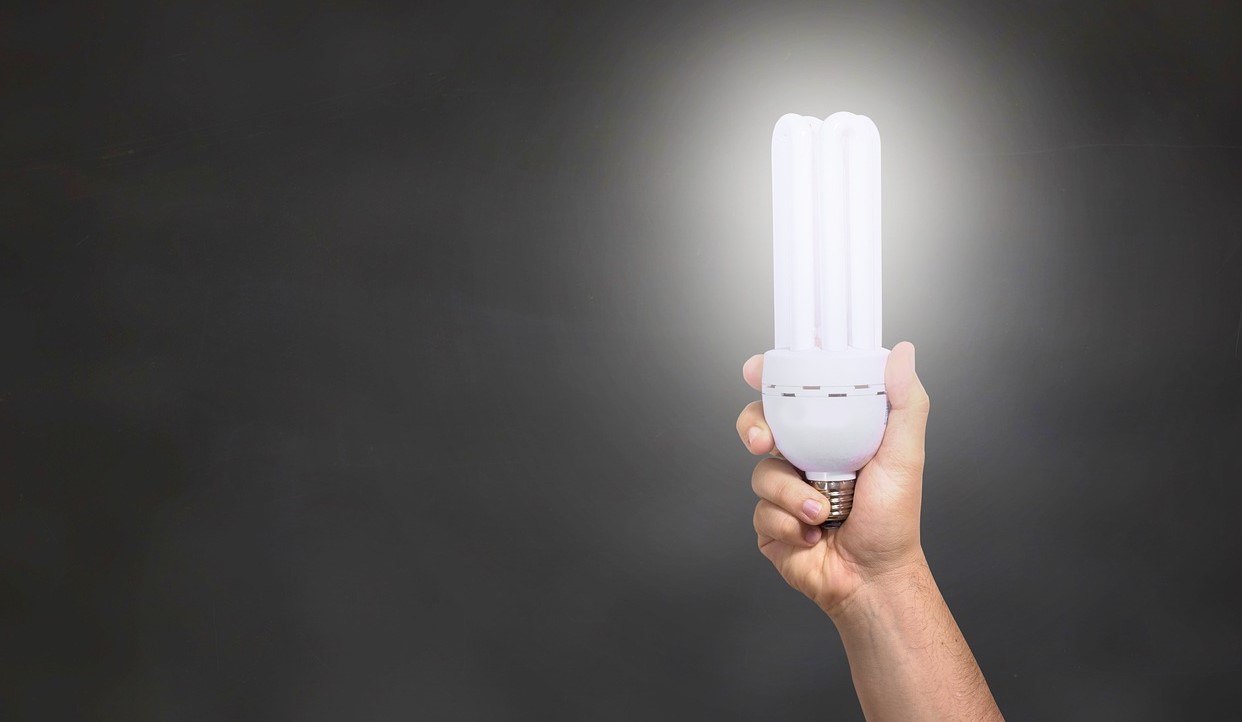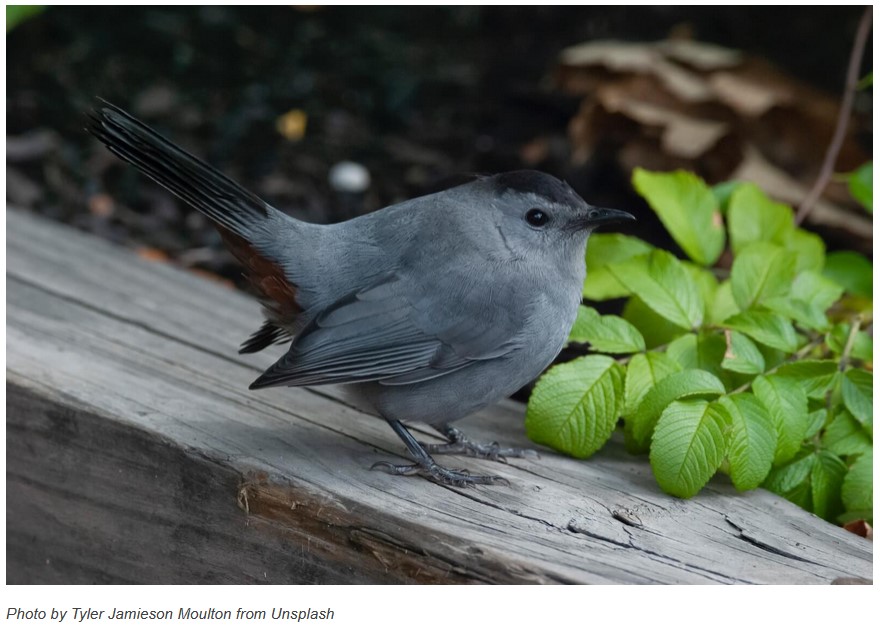 By B.N. Frank
By B.N. Frank
Studies have revealed that blue light from LED light bulbs and other sources is biologically and environmentally harmful (see 1, 2, 3, 4, 5, 6, 7, 8, 9, 10, 11, 12, 13, 14). In fact, for several years already environmental and health experts – including the American Medical Association (AMA) – have warned about the widespread use of LED streetlights. Nevertheless, last month, the Biden Administration banned the sale of safer and more affordable incandescent light bulbs. Of course, more LEDs = more light pollution and 2 bird species may not survive because of it.
From StudyFinds.org:
2 backyard bird species could disappear from nature — because of outdoor lights
RALEIGH, N.C. — Artificial light during nighttime, commonly referred to as “light pollution,” has long been known to endanger migratory birds by disorienting them and causing deadly collisions with buildings. North Carolina State University researchers, however, have revealed this type of pollution is also affecting the survival of some backyard bird species around Washington D.C.
Leaning on two decades of data collected by both experts and community scientists through the Smithsonian Migratory Bird Center’s program, researchers discovered a connection between increased light pollution and decreased survival rates for the gray catbird and house wren. However, the American robin seemed to benefit, with its survival rates rising with increased artificial light.
“This study focused on more generalist bird species that are more abundant in metropolitan areas than others,” says study lead author Lauren Pharr, a graduate student in North Carolina State’s Fisheries, Wildlife and Conservation Biology program, in a university release. “These findings are raising awareness about our use of light, and suggest there may be things we can do to help backyard birds that live around us. When it comes to light pollution specifically, there may be things we can do as humans to increase bird survival and help them thrive.”
Activist Post is Google-Free — We Need Your Support
Contribute Just $1 Per Month at Patreon or SubscribeStar
Researchers utilized data from the Neighborhood Nestwatch Program, spanning 2000 to 2020. Within the program, biologists captured and tagged birds across 242 locations in both urban and rural areas around Washington D.C., primarily in private backyard settings. The primary subjects of this research were seven songbird species commonly found in the area, which, as Pharr pointed out, “can persist” despite the pressures of urbanization.
By integrating this data with maps showcasing light and noise pollution and paved surfaces, researchers could discern patterns in bird survival. Noise pollution didn’t seem to affect survival rates, but light did, particularly for the gray catbird, house wren, and robin.
“This is an important finding; it adds to our understanding that light pollution could have sub-lethal effects on birds,” notes study co-author Caren Cooper, professor of public science at North Carolina State. “There is an effort in bird conservation to keep common birds common. We’re lucky we have backyard birds, and we want to keep it that way. If there are things we can understand about the environment that could be affecting their survival, the sooner we can understand that, the better.”
While the American robin has been observed to use light pollution to its advantage, such as singing earlier in the day, which could aid in mate-finding or foraging, the gray catbird has been known to be more vulnerable, especially to collisions.
“There are so many factors that affect a bird’s survival in an urban setting, and they’re all intertwined, affecting predation, physiological harms, and the ability to find prey,” explains Cooper. “Detecting patterns in avian survival rates that vary with artificial light at night is important, and we need more detailed follow-up studies about why that might be happening.”
The study is published in the journal Urban Ecosystems.
You might also be interested in:
- Too drunk to fly? Hummingbirds are guzzling alcohol in flowers and bird feeders
- Birds evolving to have smaller bodies, bigger wings
- Birds keep hitting windows — now scientists are learning something from their last poop
Activist Post reports regularly about light pollution and unsafe technologies. For more information, visit our archives.
Image: Pixabay
Become a Patron!
Or support us at SubscribeStar
Donate cryptocurrency HERE
Subscribe to Activist Post for truth, peace, and freedom news. Follow us on SoMee, Telegram, HIVE, Flote, Minds, MeWe, Twitter, Gab, and What Really Happened.
Provide, Protect and Profit from what’s coming! Get a free issue of Counter Markets today.

